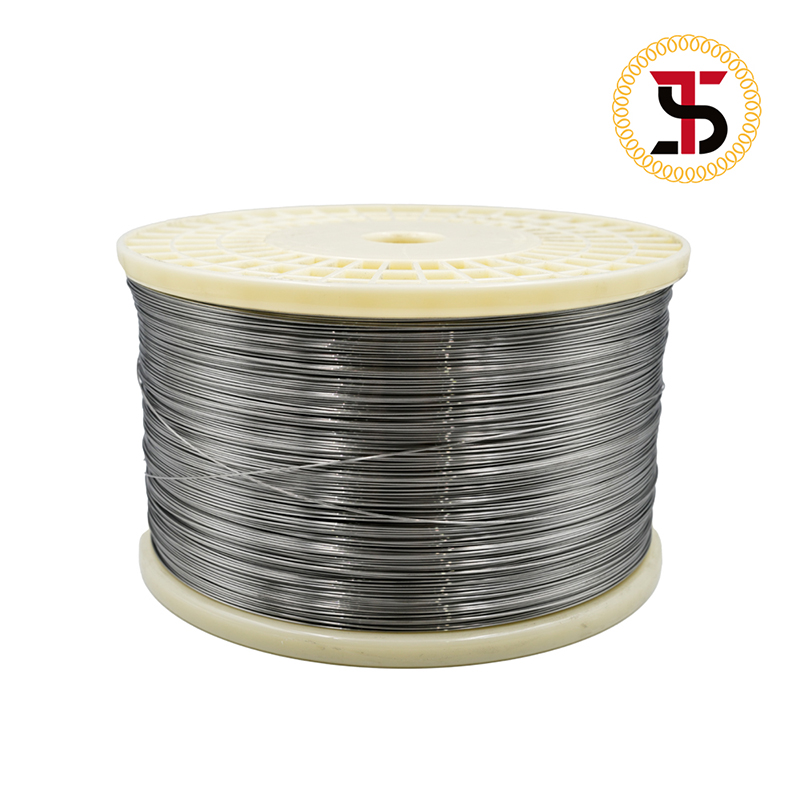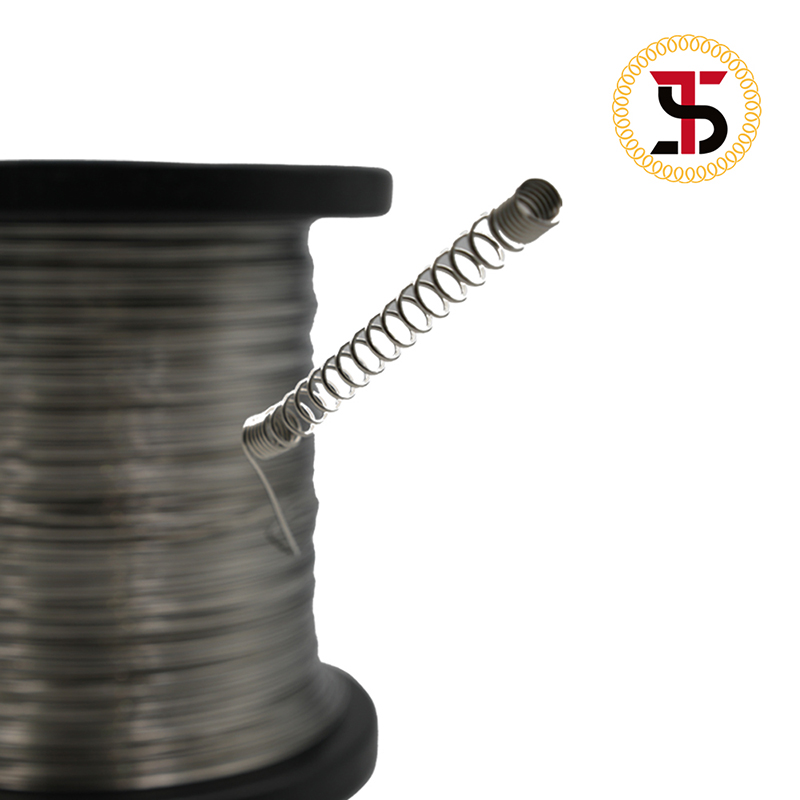News
-

How does the high resistivity of Fe-Cr-Al wire help dryers achieve efficient thermal response?
As a widely used electrothermal material, Fe-Cr-Al wire, with its excellent overall performance, especially its high resistivity, plays a crucial role in improving the thermal response efficiency of drying equipment.
Learn More2025-12-18 -

What is the principle behind fe-cr-al wire as a radiating element in far-infrared devices?
At high temperatures, common metals readily react with oxygen to form a loose oxide layer, leading to increased electrical resistance or even breakage.
Learn More2025-12-09 -

Why is Fe-Cr-Al wire particularly suitable as an embedded heating element in ceramic heaters?
In the field of high-temperature electric heating elements, Fe-Cr-Al wire has long been widely used in various industrial and civil heating equipment due to its excellent comprehensive performance.
Learn More2025-12-05 -

How does the cold drawing deformation of FE-Cr-Al wire affect its toughness?
As the amount of cold drawing deformation increases, the degree of grain distortion intensifies, gradually forming a fibrous structure arranged along the deformation direction.
Learn More2025-11-25 -

How can Fe-Cr-Al wire effectively reduce heat loss under high current conditions?
Fe-Cr-Al wire does not reduce losses by "reducing heat generation," but rather ensures efficient, uniform, and sustained electrothermal conversion under high current and high temperature conditions through four core characteristics: resistance stability,
Learn More2025-11-21 -

How does the cold working deformation of FE-Cr-Al wire affect its hardness?
During the cold working process, the hardness change and deformation of FE-Cr-Al wire are closely related, and this relationship stems from the evolution of the material's internal microstructure.
Learn More2025-11-11



